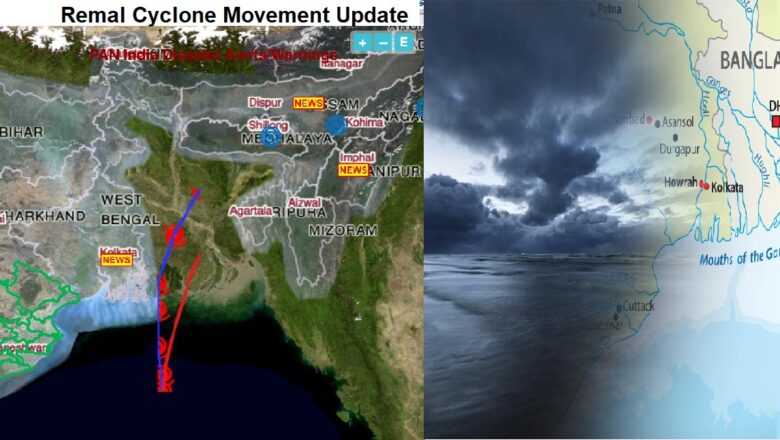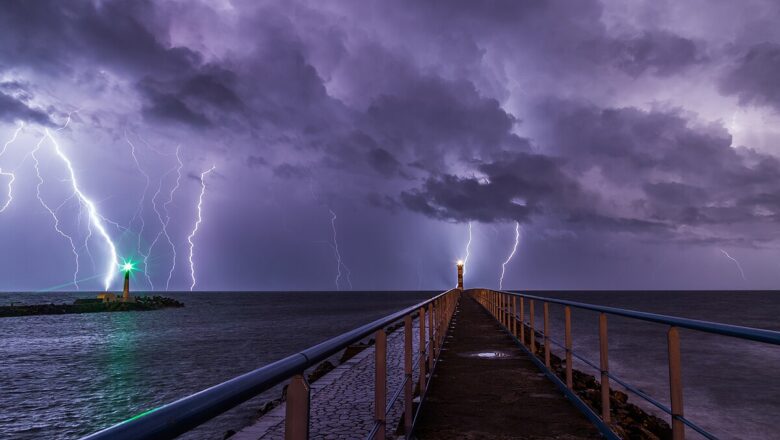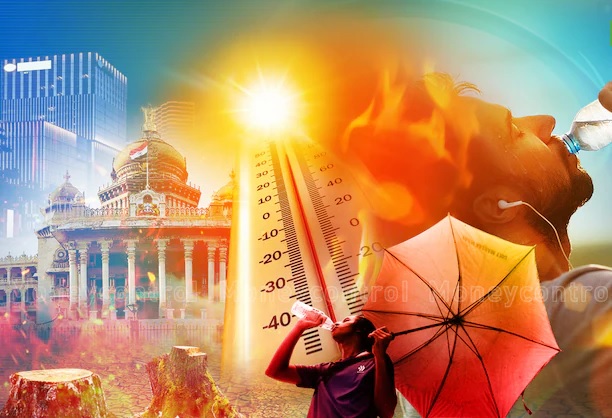
Antarctica’s Brunt Ice Shelf Calves Massive Iceberg A-83, Signals Ongoing Environmental Shift
On May 20th, 2024, Antarctica witnessed yet another significant iceberg calving event as a massive iceberg measuring 380 square kilometers (approximately 147 square miles) broke off from the Brunt Ice Shelf. This event, designated A-83 by the U.S. National Ice Center, marks the third major iceberg calving in the region within the past four years.
The separation of iceberg A-83 was captured by two Earth Observation satellites: the European Space Agency's Copernicus Sentinel-1 and NASA's Landsat 8 satellites. These satellites provided radar imaging and thermal data, respectively, allowing scientists to monitor the effects of climate change on remote regions like Antarctica.
Routine monitoring of ice shelves by satellites enables scientists to track changes in ice dynamics and structura...








